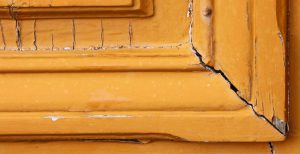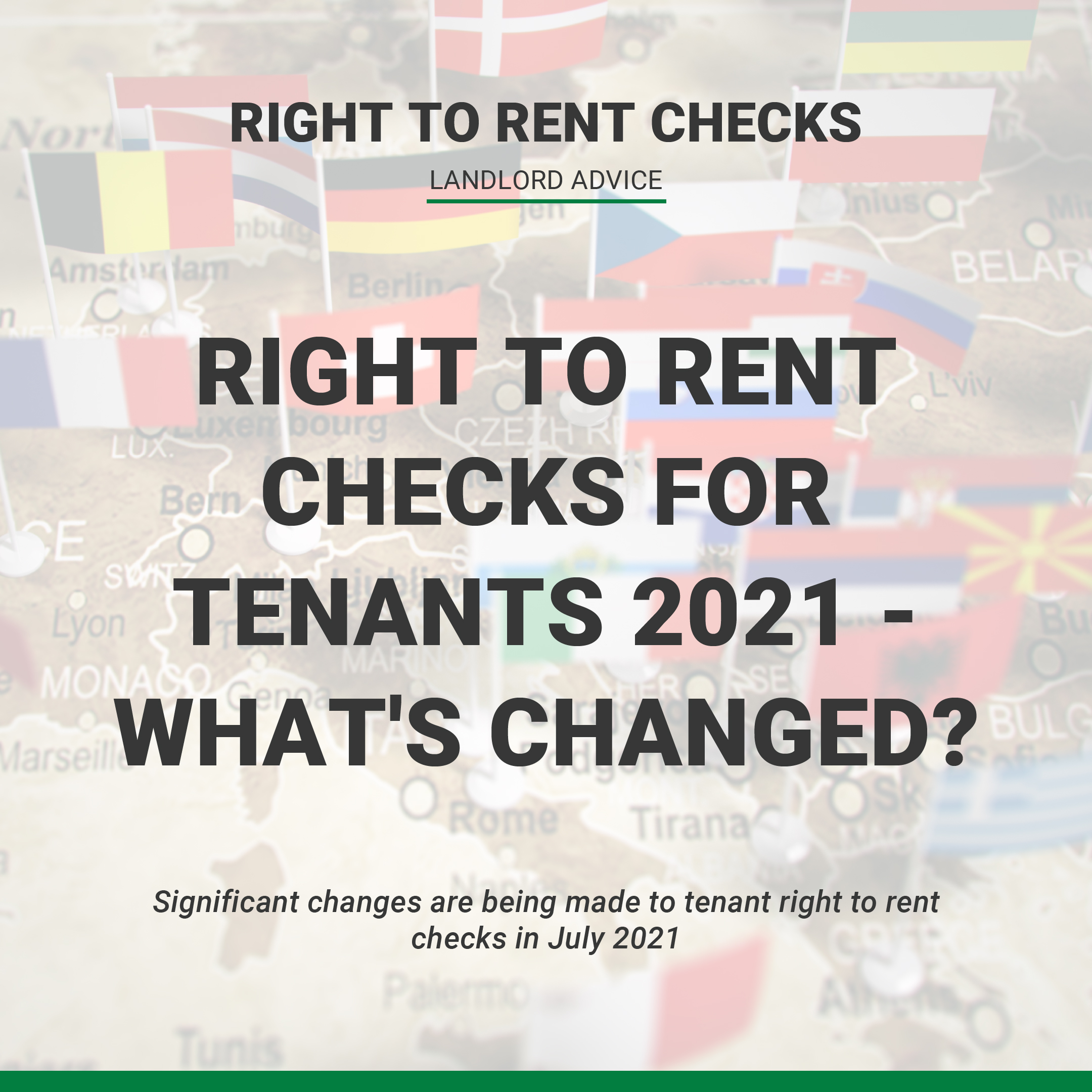Where is Fair Wear and Tear applied most?
Date: 17/1/19 Category: Landlord Advice

,No matter how well tenants look after their rented property, the entropy of life will leave its mark on a property’s condition. It is normal for things to wear and degrade over time. This is where fair wear and tear comes into play.
This is recognized by the lettings industry at large. Which, is why there are exemptions where an item has incurred a level of deterioration. This is placed in accordance with what’s expected to arise naturally over the tenancy.

There are a number of factors which add to whether a deviation from an item’s original state will constitute fair wear and tear, such as:
- Length of the tenancy: A longer tenancy naturally will result in higher levels of deterioration.
- Number of occupants: A larger number of occupants will translate to increased activity inside the property.
- Age of occupants: Younger occupants such as children will be expected to have a lower standard of care. We recommend this is taken into account.
- Purpose/use case of the item: Items that experience heavy use are to be expected to incur larger amounts of wear over time.
- Location: Items in high traffic areas are more likely to suffer a larger amount of dilapidation.
- Quality of item: An item built to a high standard with better quality materials and craftsmanship is more hardwearing. Thus we can expect it to remain in good condition longer in contrast to a cheaply made item.
- Average expected lifespan: This depends on the type of item and quality. An object of this category will have an average lifespan assigned to it.
- Mitigating circumstances: leading to deterioration for which the tenant is not at fault. The landlord has not fixed issues under their responsibility could be an example of this.
The inventory clerk will take the above factors into consideration. A clerk performing a check out inspection at a property with a previous check in report will be able to compare the final state to the start.

Common cases of fair wear and tear:
- Scuffs and scratches on the walls, reasonably incurred in line with the length of tenancy, number and age of tenants, and location. Landlords can expect walls in the entrance hallway to incur a degree of scuffing. Therefore, you’ll find this higher than that of walls in a bedroom.
- Paint chips, angle wear, laminate peeling to doors, radiators, shelves, units, fitments and other such wooden or coated items.
- Tarnished metallic fitments, fixtures, taps, sinks, hooks.
- Scratches and scrapes to wooden flooring, furniture indents, fraying and colour changes to carpet flooring, grouting discolouration to tiled flooring.
- Hinge and handle fitments loosening to a reasonable amount in line with the factors above.
These are but a few examples of what could be classified as fair wear and tear. We can only generalise these examples to an extent. Every case is unique. A clerk or adjudicator will look at them alongside taking into consideration the factors which influence the placement of liability. It may be hard to discern at times, hence Hinch Property Management boasts an excellent customer service team trained by the TDS who will do their utmost to assuage any doubts you may have on this tricky and at times confusing subject!
Related Articles
Share this article:
Back to blog













